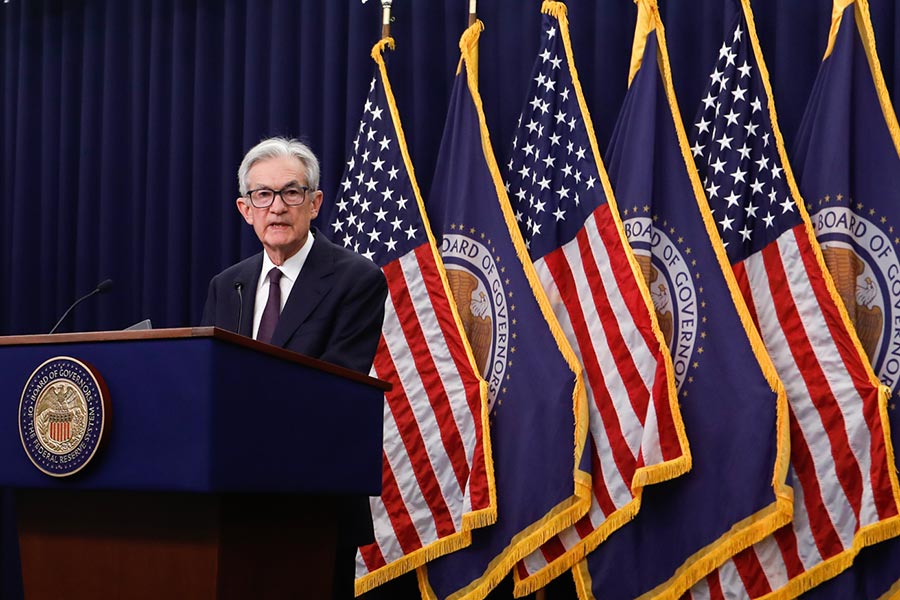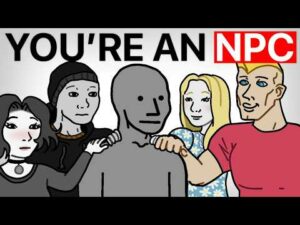How Trump’s Fed Showdown Could Trigger a Global Financial Earthquake – Are You Ready?
Ever wonder why the tussle over interest rates feels less like a polite policy debate and more like a no-holds-barred showdown? Well, it turns out that what’s really at stake isn’t just whether rates go up or down, but the very nature of the relationship between governments and their central banks. Take the latest snarl between Donald Trump and Federal Reserve Chair Jerome Powell, for instance. The former president’s sharp tongue and heavy pressure for lower rates highlight a bigger question: just how independent should a central bank be when politics and economics collide? It’s a drama playing out not only in the U.S., but across the pond too, where tensions simmer over banking regulation and authority. This isn’t just about numbers on a chart—it’s about who holds the reins when the economic rubber meets the road. Curious to peel back the layers of this power play? LEARN MORE
Row is not just about interest rates but the whole relationship between government and central banks. By Hamish McRae
Donald Trump wants lower interest rates, and he is seriously angry that the head of the Federal Reserve, Jerome Powell, isn’t delivering them.
Now there’s a surprise. Politicians always crow when rates go down because, in the short-term at least, that boosts the economy.
So too do most business leaders for the same reason. And since the US President was a property developer, he is especially keen on cheap money because the cost of finance is often crucial to the success of a project.
Central bankers, on the other hand, have a mandate to curb inflation, and their principal weapon to do so is higher interest rates.
So last week, the Fed was widely expected to hold rates, despite pressure from the White House to cut them.
The Fed’s argument is that after a weak first quarter the economy is now growing strongly at an annual rate of 3 per cent, employment is rising, and inflation is running at 2.7 per cent, well above the target of 2 per cent.
Rationally, the Fed is right. It is also right as far as the markets are concerned, because they are seriously concerned about the size of the US fiscal deficit and the way in which that will be financed.
The 10-year yield on Treasury notes yesterday was nearly 4.4 per cent, the second-highest rate of the G7 countries.
Only the UK Government, which has to pay more than 4.6 per cent on 10-year gilts, has a higher cost for financing the national debt.
Were the Fed to be seen to be easing up on inflation, it’s likely that long-dated bond yields would rise still further.
And since what the government pays to borrow affects what everyone else has to pay – including on mortgages – an unjustified cut by the Fed would probably be self-defeating. Shortterm rates would go down, but this would be offset by a rise in long-term ones.
But this tension between the President and the chair of the Fed is not just about interest rates. It is about the whole relationship between the executive arm of government and the central bank. How independent should the central bank be? Some tension is both inevitable and natural.
You can see that in the UK, for example, it is about banking regulation rather than monetary policy. Rachel Reeves resents that the Bank of England is slowing the application for a full banking licence from the upstart bank Revolut. The Bank’s governor, Andrew Bailey, blocked a Treasury request for a joint meeting with the Bank and Revolut.
He was reportedly particularly angry that she said in her recent Mansion House speech that some regulation was “a boot on the neck of business”.
“I don’t use those terms. Let me say that,” he commented.
But this little spat is of a different order of magnitude to the stuff going on across the Atlantic.
The President has directed a string of insults against the Federal Reserve and in particular its chair.
Some of the more printable include: “He’s a moron”; “a knucklehead”; “a major loser”; “really bad” and so on. It’s almost as though insults have become a substitute for action, for though there has been talk that Powell might be fired before his term officially ends in May next year, Trump seems to have stepped back.
It’s not clear anyway whether a president (who makes the appointment) has the authority to do that.
Common sense would suggest that it isn’t worth the hassle, particularly given the wobbles on the bond markets. What will matter, however, will be how the Fed is run under its by next chair.
Will it become more an arm of the executive, doing the bidding of the President – and not just this one, but the one after? In short, is the independence of the Fed under real threat?
This is a tough one. The Federal Reserve system was created in 1913 but was really an arm of government right through two world wars and the depression of the 30s.
The present concept of it having a high degree of independence to set monetary policy goes back only to 1977 when it was given the dual mandate to promote maximum employment and stable prices.
That was during the burst of inflation even more serious than the recent one, and cleared the way for the Fed chair, Paul Volcker, to push interest rates up to 20 per cent in 1981.
The broader point here is that central banks more generally only received their current degree of independence quite recently.
In the case of the UK, it was the Chancellor who set interest rates until 1997, when Gordon Brown passed the treasury authority to the Bank of England.

So what is happening in America is at one level simply school playground stuff: the bully teasing the boy who has annoyed him, and the teachers trying to ignore the kerfuffle.
But at another level it’s a real challenge to the current world order of (reasonably) independent central banks.
Politicians have given them the power to set interest rates, but nothing is for ever, and they could to some extent at least take it away.
And that’s why what happens to the Fed next year under its new chair really matters.




















Post Comment